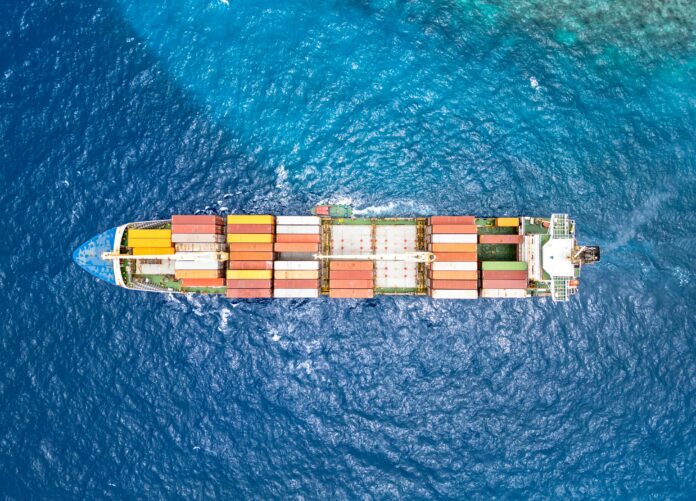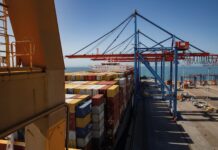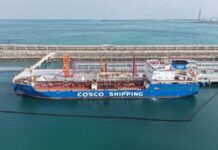
Container shipping is the backbone of global trade. But over the last few years the world has experienced some serious back pain.
Until 2020, the ever-increasing efficiency of shipping allowed prices to reach absurdly low levels. But when you play within such fine margins, you open yourself up to the most minor of disruptions. And since 2020, the disruptions have been far from minor.
Covid, conflicts and canal obstructions have revealed the fragility of the system that so many Australian businesses rely on. These and other disruptions have led to significant shifts within global trade.
Let’s review these changes, and the future implications for businesses reliant on the Australian container market.
The changing dynamics of global trade
First it was Covid. Borders closed, ports backed up, and the price of container shipping skyrocketed. Then a number of international conflicts began to affect global shipping choke points, particularly in the Red Sea. Then the Ever Given demonstrated how much a single error from a single ship can disrupt global trade.
Those were the headline-makers. But over the last few years, other, more subtle, though no less impactful factors have gradually transformed the dynamics of global trade:
- Geopolitics: Global shipping routes are being redrawn through sanctions, tariffs as weapons, and the creation of new trading blocs.
- Energy prices: While they have since stabilised, Russia’s invasion of Ukraine saw fuel prices skyrocket, and instability in the Strait of Hormuz could present ongoing issues.
- Decarbonisation targets: While the transition to greener, more efficient ships will ultimately place downward pressure on shipping prices, it demands significant upfront investment.
Australian ripple effects
In response to shipping’s newfound volatility, many Australian businesses are retreating from globalisation somewhat. 80% of Australian manufacturers are currently working to source goods closer to home through Asia-Pacific reshoring, minimising their reliance on goods shipped through compromised routes.
There are local factors to consider too. Australia imports 7x containers than it exports, with the bill for relocating empty containers ultimately falling on importers.
But with marketplaces like shipping-containers.com.au granting easy access to containers for conversions and non-shipping uses, an increasing number of TEUs are staying on shore, reducing relocation demands.
Container price trends in context
So, how has the value of a container changed through the events of the last five years? The interconnectedness of shipping means that Australian and global prices typically align. In the case of a new 40ft high cube container, prices have changed as follows:
- Pre-2020: Roughly US$3,000-$3,500.
- 2021 peak: Up to US$10,000 in major ports.
- 2024–2025: Roughly US$4,500-$6,000.
So, despite ongoing volatility, container prices have recently stabilised to near-2019 levels, particularly when you take inflation into account. And Australia’s import-export imbalance means that local container supply issues are essentially non-existent.
What it all means for Australian SMEs
Ongoing volatility is the new normal of global shipping. In response to instability, the most successful Australian businesses will emphasise resilience over reaction.
These businesses understand that container prices are shaped by a mix of global and local trends, and are ultimately beyond their control. But they also recognise that those who prepare for volatility are best placed to navigate it.
They’ll spread their bets by developing relationships with multiple freight forwarders. They’ll reshore or nearshore to reduce exposure to compromised routes. They’ll factor price volatility into their long-term budgets.
Through proactive planning, they’ll develop contingencies that will allow them to not just deal with shipping issues, but capitalise on opportunities too.





